In this article, we will be discussing all you need to know about Testicular Atrophy. You will be learning about the causes, sign and symptoms, diagnosis and how to overcome testicular atrophy.
But firstly, what do you know about your testicles?
All about your Testicles
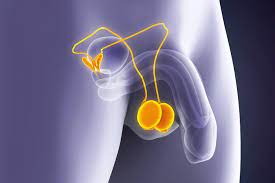
All males have two testicles of similar size situated inside the scrotum. The testicles are your male reproductive organ as a man. They are also called Testes or Gonads. The average size of a man testicle is about 4 x 3 x 2(cm) in size and is oval shaped. It’s common for one of your testicles as a man to be a different size than the other testicle. Your testicles should feel smooth, without any lumps or bumps, and firm but not hard. You may feel a soft tube at the back of each testicle, it is called the epididymis.
Your testicles produce and store sperm and they also produce the hormone Testosterone. The testosterone hormone ensures development of your male reproductive organs and other male characteristics, such as body and facial hair, masculine voice, and broad shoulders.
The temperature of your testes is maintained at 35 degree Celsius, any temperature higher or lower than this figure can affect your sperm production as a man. The male testes increase in volume by 500% after puberty compared to pre-pubertal size. Also your testicles can be sensitive to injury that can lead to a serious pain in your back and hip; however, pain goes away after a few minutes.
Disease conditions that can affect your testicles as a man include Testicular cancer, hydrocele, varicocele, spermatocele, endocrine disorder, blue balls and testicular atrophy.
This article will be focusing on testicular atrophy. We will be discussing the meaning of testicular atrophy, the cause and symptoms. Also the prevalence, diagnosis, treatment, its effect on male fertility and natural ways to overcome a shrunken testicle.
Definition of Testicular Atrophy

Testicular atrophy is a medical condition in which the testes diminish in size and losses its function. It also refers to the shrinkage of one or both testes. As the degree of atrophy increases, there is progressive loss of deeper layer cells.
The scrotum houses the testicles and its main function is to regulate the temperature around the testicles. Normally, the scrotum shrinks in cold temperature and relaxes in a warm temperature making your testes feel bigger or smaller sometimes.
However, in the case of testicular atrophy, the shrinkage comes directly from your testicles and not the scrotum. This could be as a result of an injury to testicles. Also testicular atrophy may be as a result of surgical repairs to certain types of hernias.
Causes of Testicular Atrophy
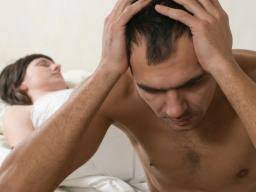
Testicular atrophy can be caused be the following;
Age: Andropause is a male menopause which causes a drop in testosterone production in men who are age 50 or older. A drop in testosterone levels can lead to testicular atrophy.
Scrotal/ Testicular Trauma: This is an injury of the testicles or scrotum as a result of an accident. This injury can cause the outer layer of the testicles to be torn or broken leading to blood leaks. The aftermath of this injury can lead to an infection and further lead to atrophied testicles.
Orchitis: This is an inflammation of the testicles. It could be as a result of a viral infection (caused by mumps virus) or a bacterial infection (as a result of a Sexually Transmitted Infection STIs such as gonorrhea or Chlamydia or an infection of the urinary tract). This inflammation causes pain and swelling to the testicles and eventually leading to testicular atrophy.
Varicocele: this is an enlargement of the vein in the testicles caused by an abnormal flow of blood in the vein. Varicocele usually affects the left testicle, thereby causing the shrinkage of the testicle.
The Use of Certain Treatment: such as steroids, oestrogen or testosterone replacement therapy can lead to atrophied testicles by causing a hormonal imbalance in a man. These treatments affect the release of the Gonadotropin Releasing Hormone. GnRH further affect the pituitary gland from producing Luteinizing Hormone. Reduction in LH causes the testicles to stop producing testosterone.
Surgical Procedures: such as inguinal hernia repair leads to testicular atrophy. This hernia occurs in the lower abdomen near or inside the groin.
Signs and Symptoms of Testicular Atrophy
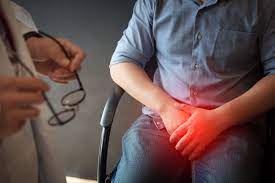
The main symptom of an atrophied testicles is the shrinkage of the testicles. However, the age at which your testicular atrophy develops is also a determinant of certain symptoms.
Testicular Atrophy that develops before puberty has classic symptoms such as;
- Small penis size
- No facial hair
- No pubic hair
Testicular Atrophy that develops after puberty has symptoms such as;
- Reduce sexual urge
- Male infertility issues
- Reduced muscle mass
- Absent or reduced facial hair growth
- Absent or reduced pubic hair growth
- Softer testicles
Diagnosis of Testicular Atrophy
How do you know you have testicular atrophy?
Once you notice any of the above signs and symptoms, then the next thing is to seek help by going to the hospital to see your doctor. A physical examination would be carried out on you to check the texture, size and firmness of your testicles and scrotum
After which you would be asked to carry out a Scrotal/ testicular ultrasound test, a full blood count and an hormonal test to get to know the root cause of your symptoms and how to help you overcome the issue.
Treatment of Testicular Atrophy
The treatment of the disease condition depends on the cause. Many a times, early detection allows for possible treatment outcome.
Possible treatments may include:
- Antibiotics are prescribed to you in a case where infection is the cause
- Lifestyle changes might be required in some cases
- Hormone therapy
- Surgery, particularly in cases of testicular torsion
Effect of an Atrophied Testicle on Male Fertility
As we have explained earlier that testicular atrophy is the shrinkage of one or both testes. This shrinkage causes the testes to become smaller resulting from the loss of some Germ cells (produce sperm) and Leydig cells (produce testosterone).
This could result to low sperm production or no sperm production and low testosterone levels. Such a man affected by this might not be able to make a woman pregnant.
Living with Testicular Atrophy? Possible Way Out
Being faced with a fertility challenge can be emotionally draining. The first step to take when you notice an atrophied testicle is to seek help from a healthcare professional.
Plan B Wellness is a registered wellness company that produces herbal remedy kits from the best natural herbal products. We offer natural remedy that can help you overcome a shrunken testicle.
All you need to do is try it out!

For more information about what to expect from our fertility treatment, contact our help desk.
WhatsApp/SMS/Calls: +2348099666658, +2348099666648
Calls & SMS only: +2348099666650
Instagram: @planbwellness
E-mail: consult@planbwellness.com
Facebook: All About Male Infertility
Instagram: @planbwellness
Feel free to ask questions or seek clarifications in the comment section below.
Stay Healthy And Never Give Up!
Plan B Wellness Nig. Limited
Kindly share…

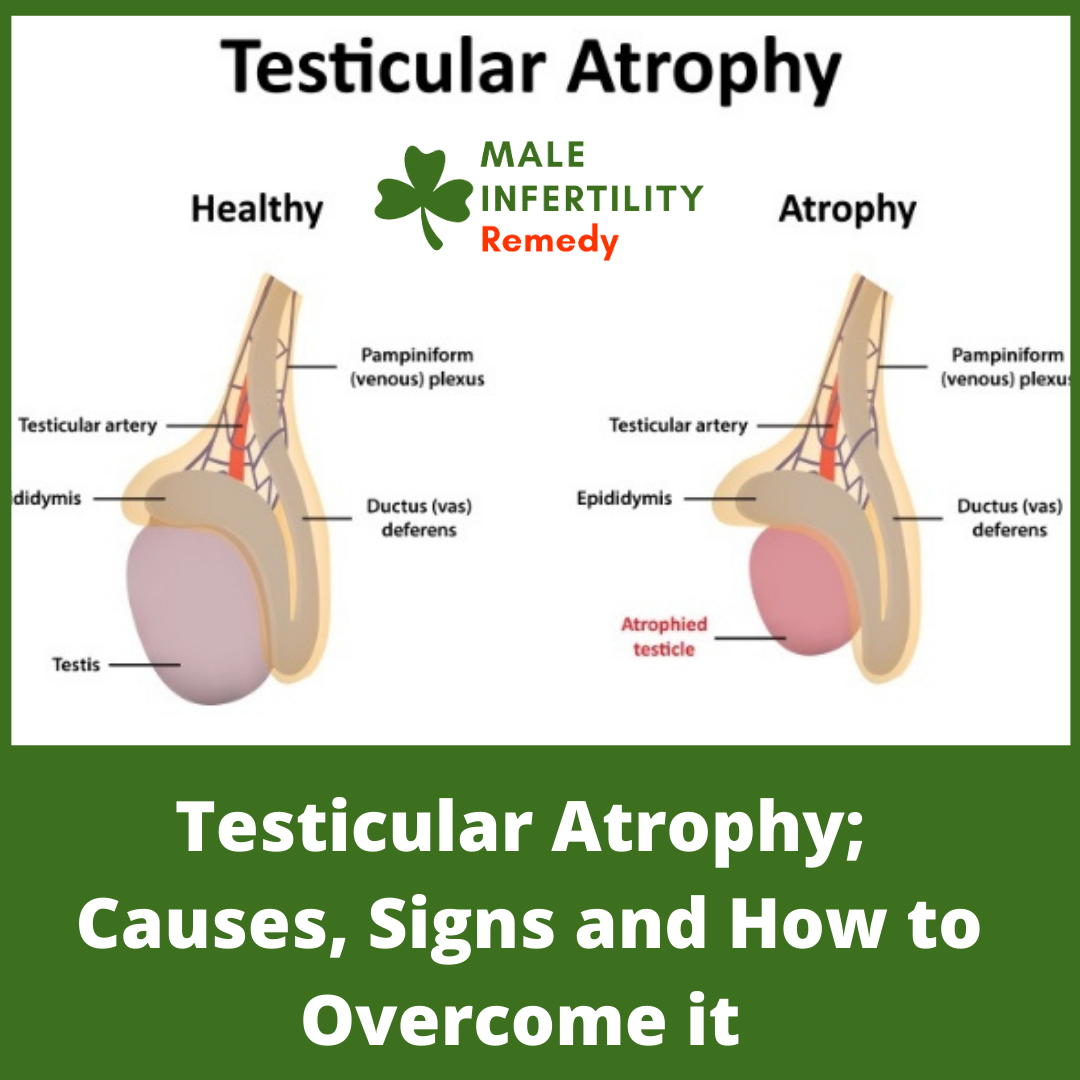
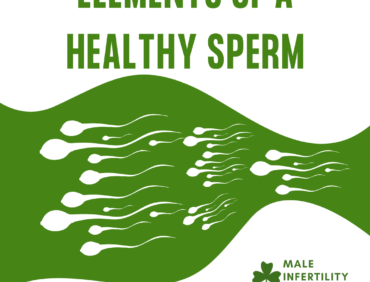
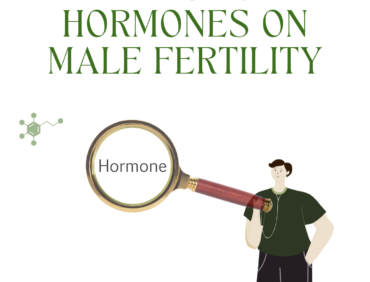
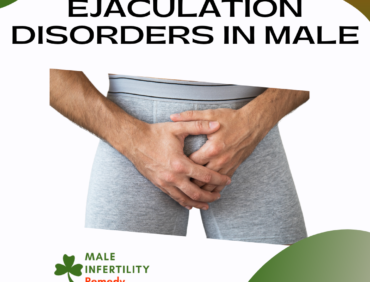



[…] to Produce Sperm: The three major causes are hormonal problems, testicular failure, and […]
I noticed that i have a my left hand of testics shrink to smaller size than the right side.
What is my likely treatment for remedy.
Thanks.
Before thinking of a remedy, is the shrinking causing any fertility challenge? This is the first step. Generally, one testis is usually bigger than the other. Thanks
[…] Testosterone Imbalances, such as low testosterone levels, can result in low sex drive or erectile dysfunction.Furthermore, chronic or ongoing low testosterone may lead to osteoporosis, mood swings, reduced energy, and testicular shrinkage. […]